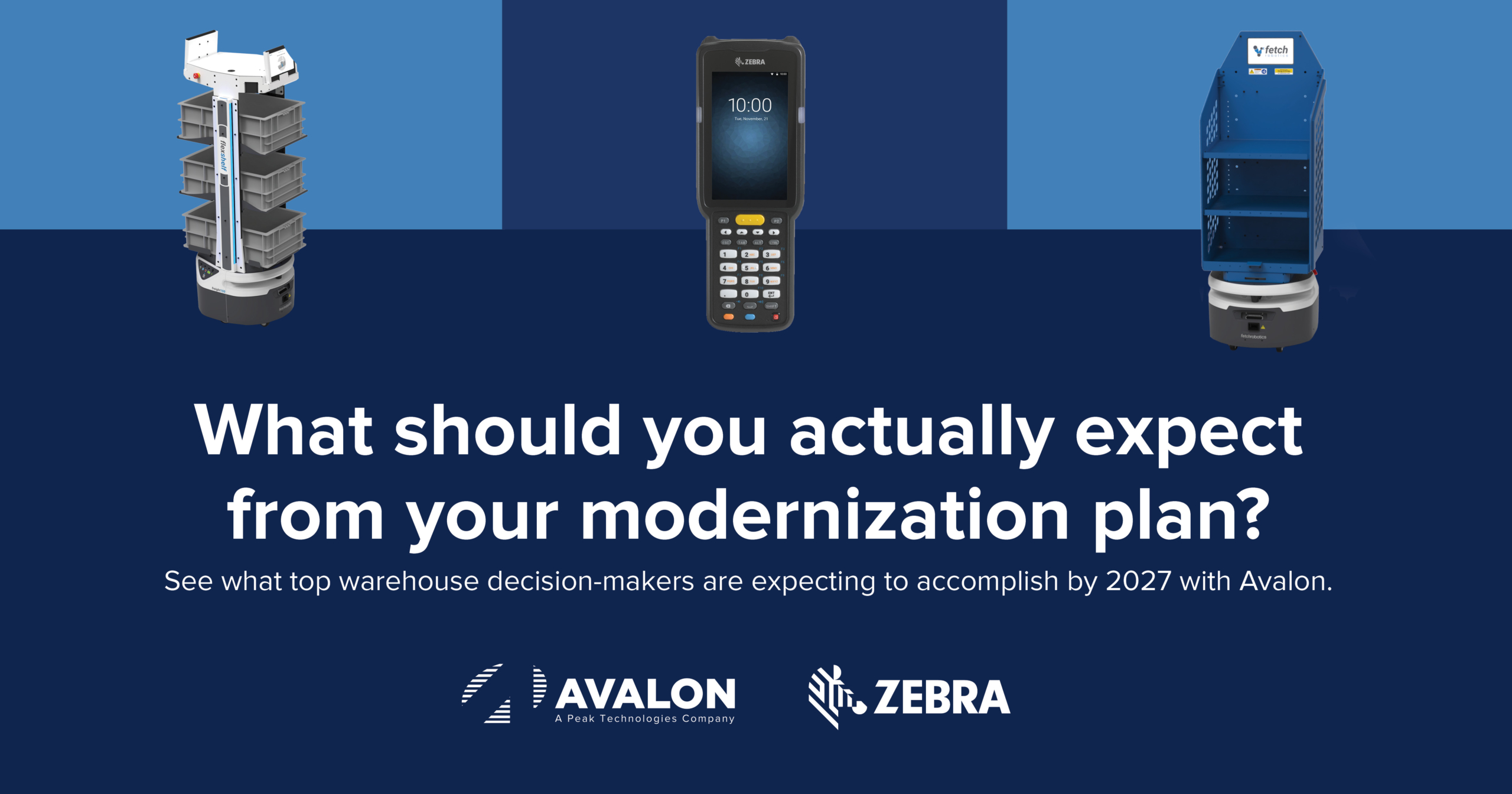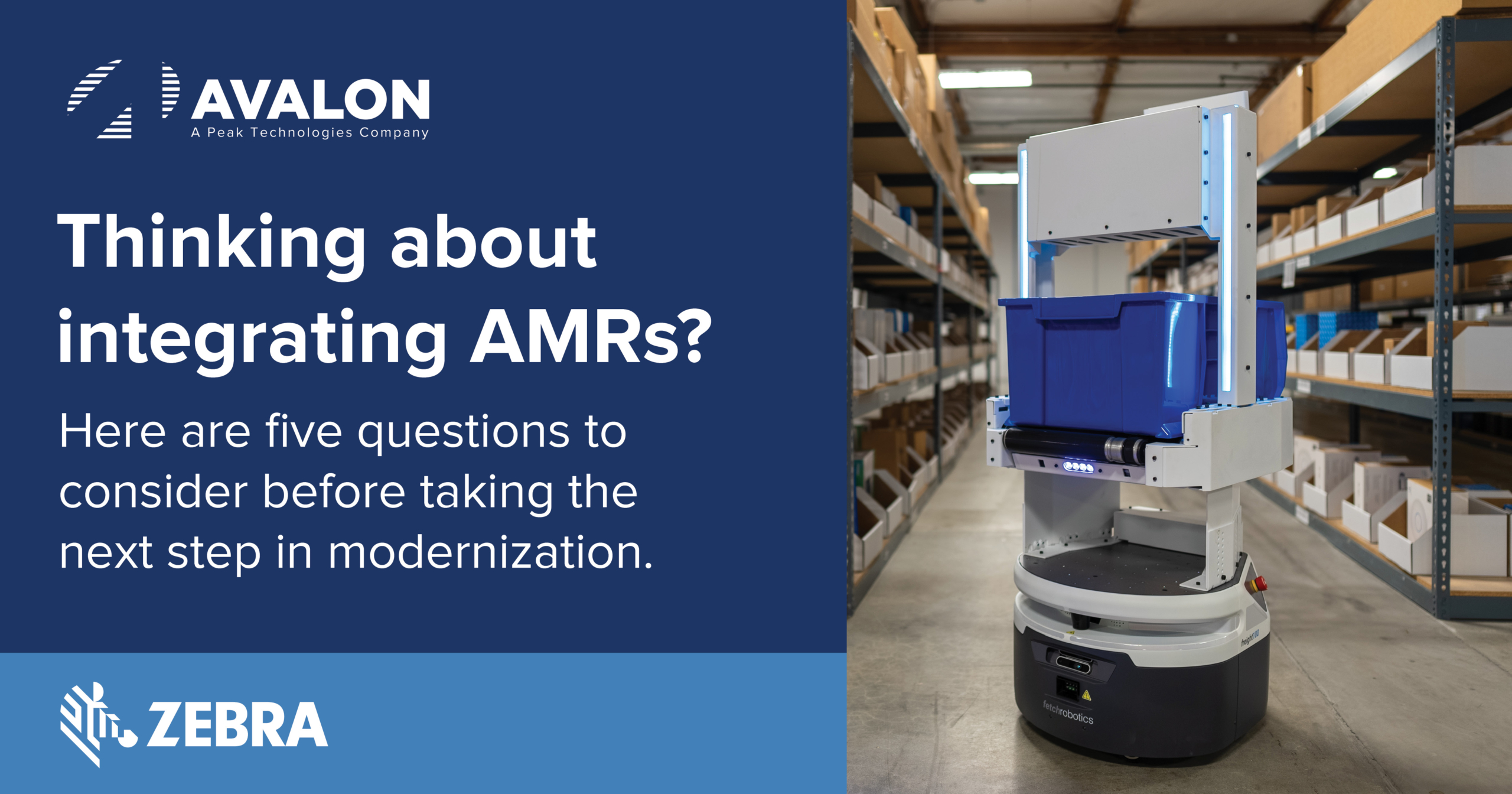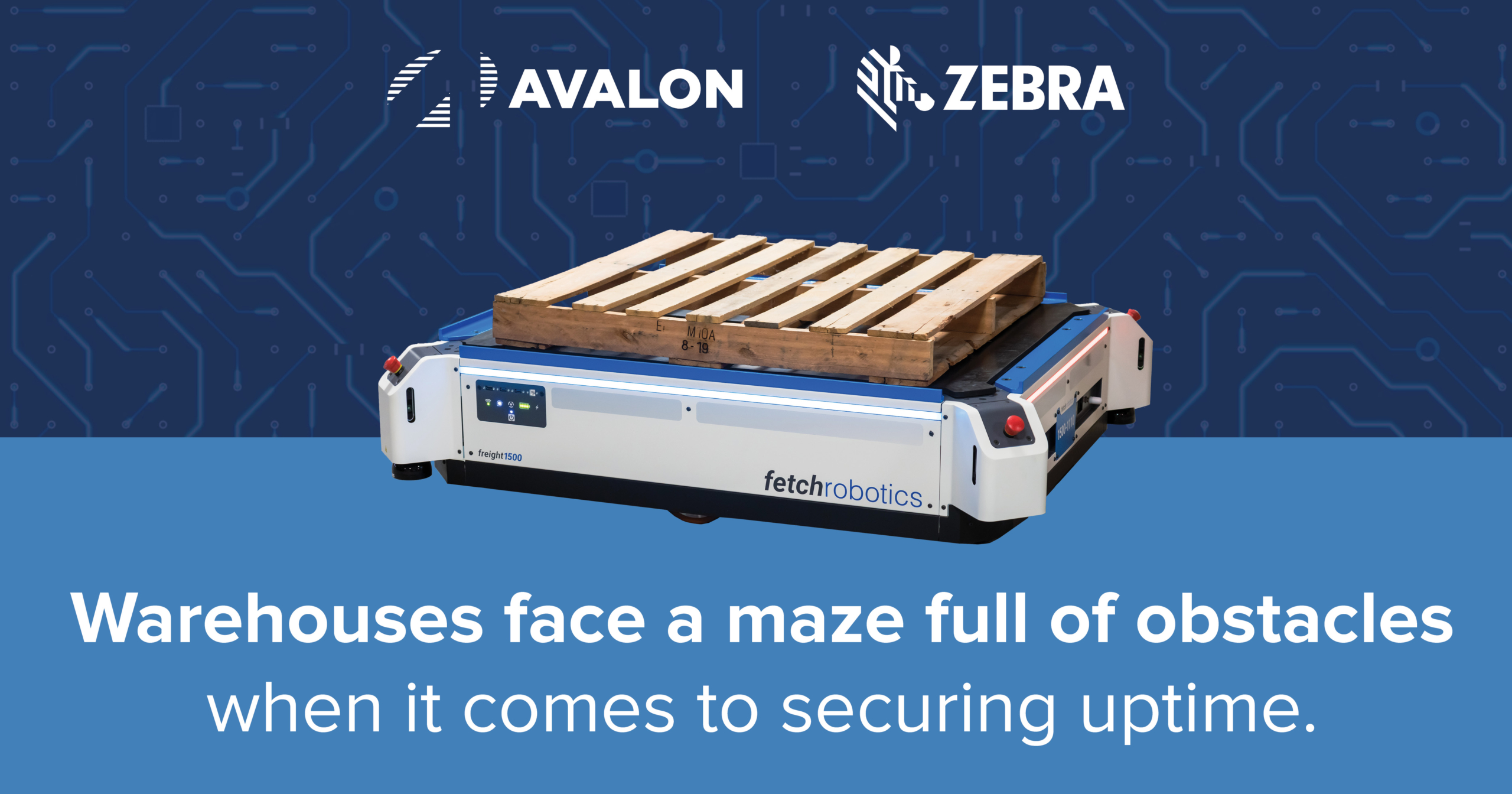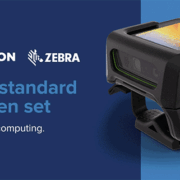The last two years have drastically altered supply chain efficiency. The effects of nationwide lockdowns, global shortages, and international tensions have deepened a shared reliance on automated systems to stay ahead of mounting consumer demands and fulfillment challenges. However, amid recurrent and new obstacles, many businesses have shared positive workplace changes such as:
- Improved worker conditions – Automated systems and enterprise robotics alleviate the stress placed on human workers while also requiring less muscle effort to meet demands.
- Implemented easy technology – To truly be considered successful, a modernization solution should value user-friendliness to diminish training expenses.
- Increased wages and bonuses – Around 45% of workers noted an increase in wages as warehouses and distribution centers sought to retain long-term employees.
Changes such as these can help foster more seamless workflows and satisfied employees. As new technologies are developed and integrated into the fast-moving supply chain, it is imperative to maintain realistic yet optimistic goals in the warehouse to correctly track KPIs overtime. Zebra’s newest 2027 Warehouse Vision Study showcases four of the most common goals today’s warehouse managers:
- Improving individual worker productivity – It has been estimated that nearly a quarter of warehouse operations were managed through paper-based systems. This means that workers had to spend a bulk of time updating reports, verifying stock counts, and imputing updates manually at the risk of entering the wrong data.
- Streamlining workflows in a standardized fashion – As fulfillment tasks became more complex with same-day shipping, higher return rates, and direct-to-customer transactions, businesses needed a way to ensure workflows were accurately tracked from door to dock. Consequently, 41% of companies began to optimize mobility in 2022 to ensure new and permanent workers stay organized through one trackable workflow managed through their handheld device.
- Maximizing asset visibility – From mobile devices to centralized printing stations, your warehouse assets play an intricate role in sustaining productivity across the warehouse. Consequently, maintaining device availability through real-time asset tracking systems has become a goal of nearly 70% of warehouses worldwide. Clear operational visibility further empowers warehouses to prepare for challenging demands since decision-makers have a better picture of the resources available to them at a moment’s notice.
- Collecting and leveraging data via intelligent automation – The prevalence of sudden changes has created a need for multiple data capturing systems to ensure nothing is ever missed. Therefore, systems featuring technologies like autonomous robots, fixed industrial scanners, and even RFID portals have proven beneficial to drive automated decision making based on real-time insights. This means warehouses can ensure the correct orders and reaching the correct customers, stock quantities are current, and workers receive the assistance they need when and where they need it.
How to make sure these goals are met
E-commerce transactions continues to be one of the largest forces behind modernization, impacting nine out of 10 warehouses by increasing shipping volume. To meet expectations within a dynamic omnichannel ecosystem, experts recommend…
- Assessing warehouse space to target challenges in the RFID implementation process such as high ceilings, dense walls, etc.
- Supporting migration plans to adaptable operating systems like Android to make sure new updates and patches are accommodated into current workflows
- Consolidating workflows into wearable devices to alleviate weight and pressures from your workers while cutting back on management plans for multiple devices.
Navigating through several modernization challenges becomes simpler with a team at your side. To get a closer look into how supply challenges are continuing to affect modernizing warehouses, reach out to our modernization specialists and approach optimization with a confident yet adaptable strategy.











